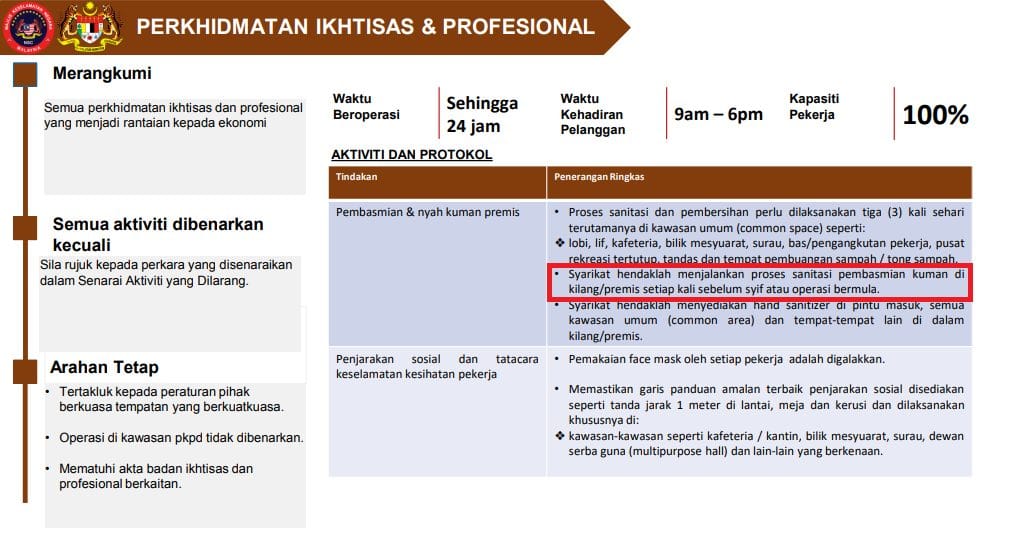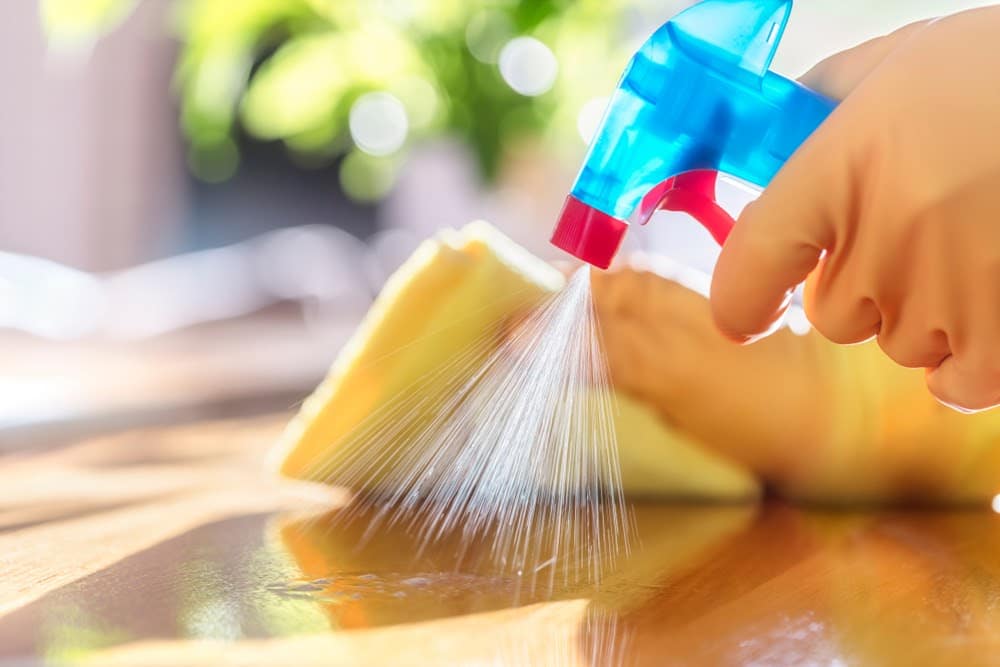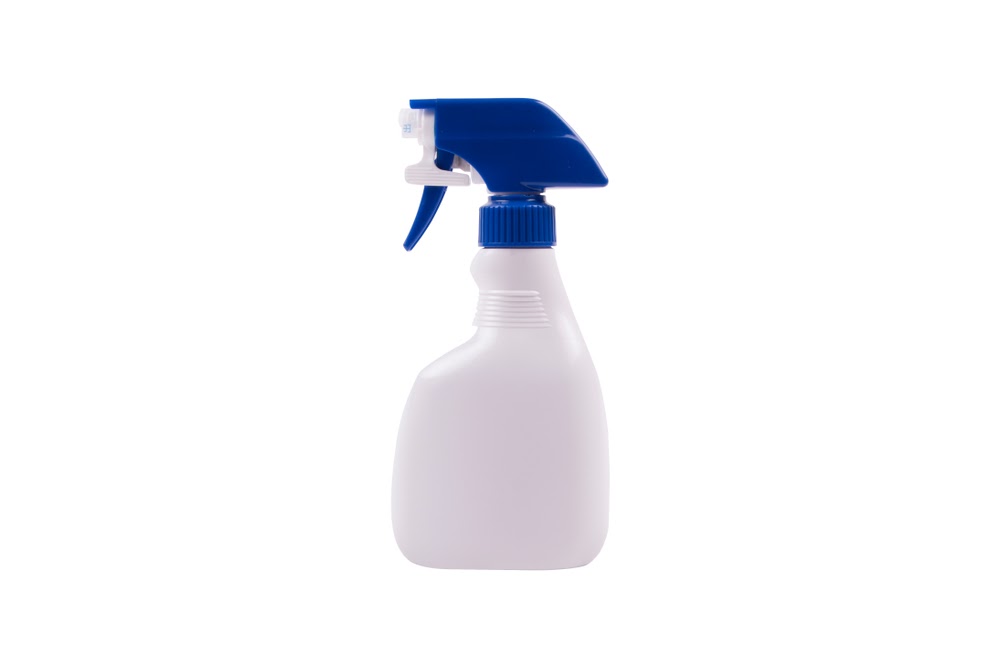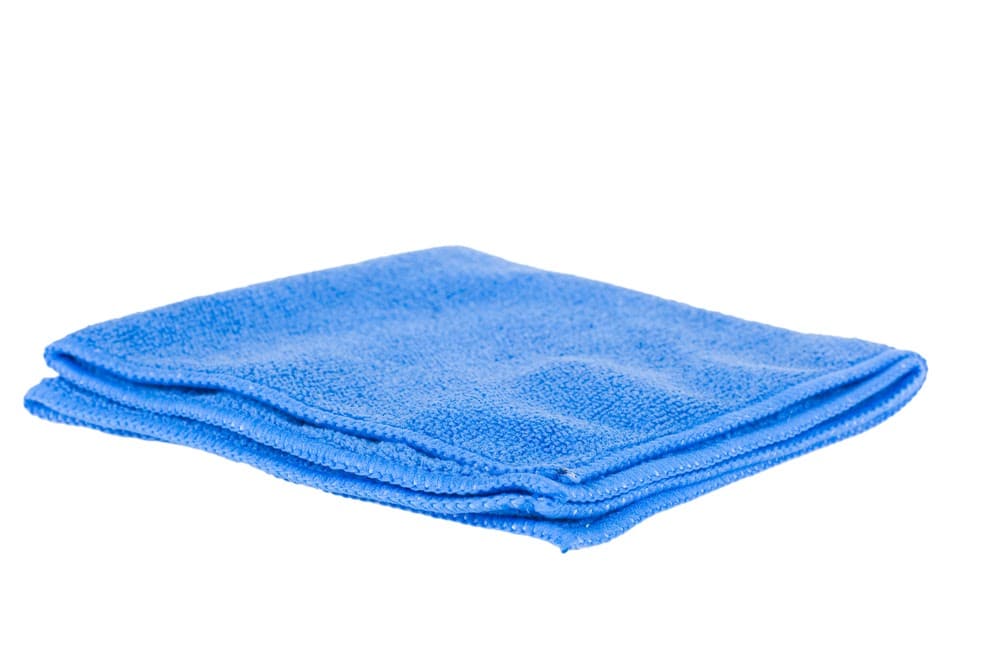The COVID-19 pandemic has gripped the entire world for several months. In its aftermath, waves of unemployment have struck, many businesses are on the brink of permanent closure, and an overwhelming number of hospitals are operating above their normal capacity.
Meanwhile, Malaysians have seen some positive light in containing the novel coronavirus, as we are reported to have successfully flattened the curve and are in the ‘recovery phase’. However, the government continues to advise the public to exercise caution, especially now that cases are fluctuating once again.
Additionally, the Prime Minister has officially announced that a majority of businesses are now allowed to reopen on 4 May 2020, provided that businesses comply with the Conditional Movement Control Order (CMCO). This has been met with differing responses from different states in Malaysia on whether to fully reopen or delay the CMCO.
Our Director-General of Health, Ministry of Health Malaysia, Dr Noor Hisham Abdullah succinctly pointed out, “We have not won the war yet, but neither have we lost it”.
1. What are the guidelines to operate post-MCO then?
While netizens are getting ready for the #newnormal of social distancing rules and health control guidelines, business operators that can continue operating under the permitted economic sectors will inevitably face exposure to coronavirus risks. Elsewhere, many business owners that are not allowed to operate are battling against time to resume work operations in order to survive.
As a business owner, whether you’re operating or are preparing to reoperate, it is vital to have a decontaminated and disinfected premise as a necessary precaution to protect your employees and members of the public from any health risks. According to the Ministry of Trade and International Industry, they have issued standard operating procedures that must be carried out for all entities that are cleared to operate.
“Failure to do so will result in their approval to operate being revoked immediately and they will face legal action”, said International Trade and Industry Minister Datuk Seri Azmin Ali.

Among the SOPs stated, it states that a company must conduct a sanitisation process at its premises to eradicate germs before an operation begins. While it is not clearly stated what level of sanitization is needed daily, it is a good measure to approach this by doing a basic step such as surface wiping with readily available disinfectants that are effective against coronaviruses.
2. How does office disinfection/sanitisation process help eliminate coronavirus strains?
In our previous article on How To Disinfect Your Home Properly, it was mentioned how the novel coronavirus can be transmitted via respiratory droplets like coughing and sneezing, and potentially through contact with contaminated surfaces. As weeks passed, more evidence was discovered about how the novel coronavirus potentially spreads and the number of strains it has mutated into.
According to the findings of a Japanese experiment, casual activities like having a loud conversation and breathing heavily produces microdroplets. These microdroplets are less than 100th of a millimetre in size and carry many viruses, which could linger in the air and easily infect others in an enclosed space. Dubbed as an ‘invisible risk’, it underpins the need to carry out social distancing measures and wearing of masks in the office.
In other words, a scenario of workers and customers interacting closely and sharing commonly touched surfaces at communal work sites will certainly raise the risk of coronaviruses and germs spreading.
If you are a business owner in Malaysia, you may be confronted with these burning questions at your workplace:
- Is a stringent cleaning schedule and implementing strict hygiene standards enough?
- How quickly can I resume my business operations while emphasizing occupational health and safety?
- Is it risky to disinfect the premises myself?
- How can I regain consumer confidence in entering my stores?
To tackle these questions, the U.S. Centers for Disease Control and Prevention lists out how cleaning, sanitizing and disinfecting differs in the fight against hazardous pathogens.
Cleaning – The removal of some germs through the use of water and some type of detergent. Some hazardous pathogens are physically eliminated via the cleaning process.
Sanitizing – The use of specialized agents that reduce the number of germs on a surface or object. However, sanitizing alone does not kill all dangerous pathogens.
Disinfecting – Kills virtually all germs. The process of disinfecting can eliminate pathogens to a safe level that they no longer present a health threat to humans.
From the observation above, implementing a stringent cleaning schedule, sanitising equipment after each usage or having security guards taking daily temperature checks of visitors may not be sufficient to curb highly infectious viruses, despite being listed as essential practices.
Instead, a professional disinfecting service will assure more effective and long-lasting protection against infectious viruses. Hiring a professional disinfecting team will help to reduce the risk from doing it yourselves and ensure full compliance towards health and legal guidelines set by authorities.
In fact, many businesses have taken the disinfection route and publicly posted it on their respective social media groups as a means to communicate to the public of its continuous efforts to keep them safe and prioritised. As consumer behaviour is expected to change, marketing your business also takes a new priority – staying connected is now more important than ever. Hence, providing daily updates on-premise safety will increase consumer confidence and brand awareness.
3. How does a disinfection service work and what disinfecting methods and disinfectants are used?
Since disinfecting services focus largely on microbial growth control, the disinfectants used primarily contain virucidal and antimicrobial properties. As a user guide, the CDC has released a guideline of chemical disinfectants commonly used in disinfection:
- Alcohol
- Chlorine and chlorine compounds
- Formaldehyde
- Glutaraldehyde
- Hydrogen peroxide
- Iodophors
- Ortho-phthalaldehyde (OPA)
- Peracetic acid
- Phenolics
- Quaternary ammonium compounds
A professional disinfecting service team will have extensive knowledge of the disinfection policies and specific guidelines for cleaning and disinfection measures. Moreover, it helps to have a risk assessment of the general area to be disinfected so that business owners are able to minimize downtime and focus on satisfying other business requirements to operate.
Therefore, it is advised to perform a commercial cleaning prior to any disinfection works for more effective results. Unseen to the naked eye, dirty surfaces usually harbour clusters of germs called biofilm that resist disinfectants. Once premises are thoroughly cleaned, it is ready for any disinfection works. Here are the types of disinfection that are most commonly practised.
a. Surface Disinfecting

For starters, surface disinfecting is the most basic method in infection prevention. It involves the process of wiping down all surfaces, especially high-contact items, with a diluted antimicrobial solution to remove any visible layer of dust, mould and germs.
It is crucial to note that even a basic disinfection method such as this has ‘best’ practices to ensure maximum effectiveness. Special attention must be paid on the duration of the product on a surface in order to kill the intended germs.
Knowing that all types of nasties have different survival rates on different surfaces, it is increasingly evident to manage any cross-contamination that may occur in your premises with the help of disinfection experts.
Some of the typical high-contact items it is suitable for include:
- All entrance/exit points
- All buttons: Lifts, light switches, remotes, bells, office phones
- All handles: Doors, lockers, restrooms, stair handrails
- All appliances: Laptops, desktops, keyboards, printers, fax machines
- All furniture: Tabletops, chairs, cabinets, conference desks
- Frequently touched items in cafeterias, breakrooms, suraus, storage rooms and restrooms
Effective Ingredient Used: Sodium Hypochlorite
Recommend.my disinfection services use PECA Disinfectant Water, a disinfectant solution containing the active ingredient sodium hypochlorite or commonly known as bleach. Broadly used as a disinfectant in many household cleaners, deodorizers and hospital-grade solutions, sodium hypochlorite is effective for killing 99.9% of viruses and bacteria while remaining toxic-free and alcohol-free. This is especially useful when we disinfect everyday items our skin touches often.
Machine / Apparatus used: Spray bottle and microfiber cloth


b. Spray and Coat

The next step that follows after surface disinfecting is spray and coat. Both spraying and coating disinfecting methods have one great similarity – mobility. For example, the nooks and crannies not accessible by hand or large equipment can be solved by using mobile sprayers that can apply disinfectants to surfaces quickly and easily.
Perfect for interior and exterior use, the spraying technology allows millions of nano-sized disinfectants, originally in liquid form, to directly coat surfaces and create a protective layer. This effectively prevents the presence of bacteria and fungus spores on its coated surface and therefore allows a longer term of protection against these microbes.
Some of the typical closed and open-air areas it is suitable for include:
- Residential and commercial buildings
- Restaurants and cafeterias
- Education and childcare centres
- Places of worship
- Public transportation systems
Effective Ingredient Used: Titanium Dioxide (TiO2)
Our protective coating disinfection uses Titanium Dioxide (TiO2), an antimicrobial and non-toxic disinfectant solution that kills up to 99.99% of bacteria and fungus on any surface. Being a photocatalyst, TiO2 helps transform surfaces into self-disinfecting surfaces and purifies the air as well.
Besides, its protective coating is resistant to damage from acids and physical abrasion. All of its properties mentioned above made its protective coating layer possible to last up to 3 months from the first application. Thus, giving business owners an option to operate without needing to frequently disinfect surfaces.
Machine / Apparatus used: Pro-spray sprayer / Electric spray gun


c. Fogging / Misting

When we think of disinfecting, manual methods are the easiest to do yourself as we can easily get hold of household bleach or disinfecting wipes. However, combating highly infectious airborne pathogens such as coronavirus in large premises will require a more professional solution – chemical fogging.
Chemical fogging is described as applying chemical disinfectants to treated areas as fogs or mists. It is especially used to kill pathogens on inaccessible surfaces and sterilize the air. Since the disinfectant solution can be dispersed as droplets from 1 to 150 µm, it is possible for the disinfectant to settle on a wider range of surfaces as compared to traditional cleaning methods.
Some of the typical large areas it is suitable for include:
- Factories and research facilities
- Medical facilities like hospitals and clinics
- Operating theatres and cinemas
- Entertainment outlets
- Public areas
- Food preparation areas
Effective Ingredient Used: Quaternary ammonium compound
Our disinfection experts use a rapid ultra-low volume (ULV) cold fogging method to generate a cloud of extremely small droplets of disinfectant containing quaternary ammonium compounds (“quats”). The disinfectant is primarily used in food preparation areas to avoid food contamination and is able to treat 99.999% of bacteria and viruses such as norovirus, rotavirus, or poliovirus.
Machine / Apparatus used: ULV cold fogger / Thermal fogger










